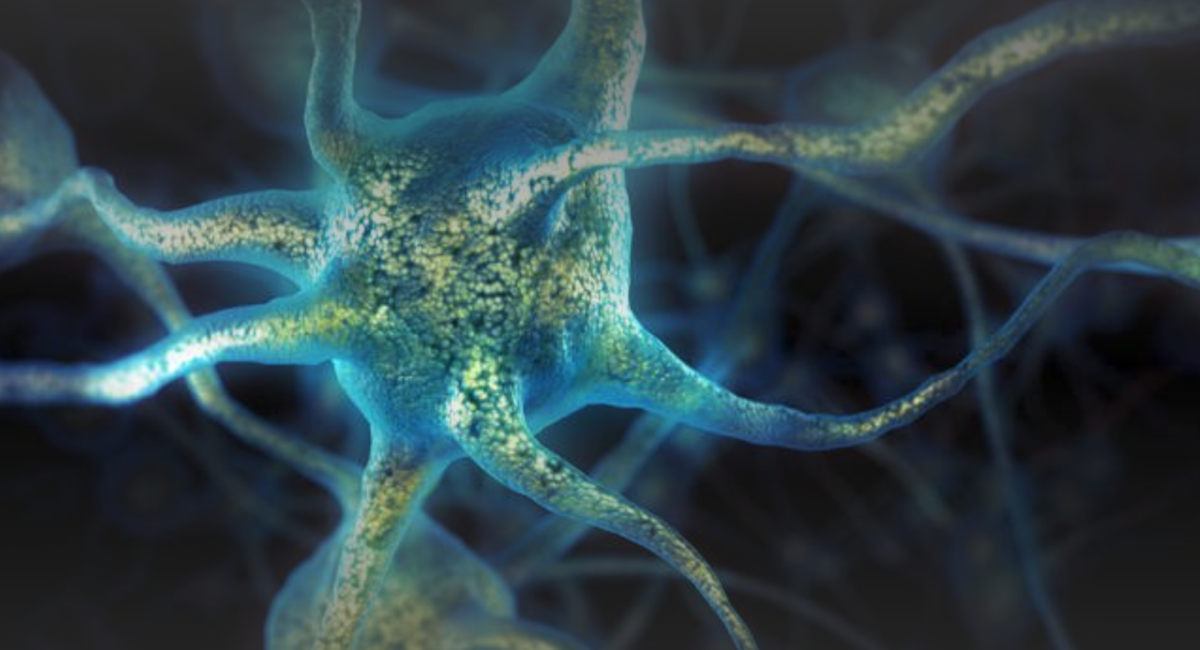
Associations and neural fitness – How does the brain learn?
Excerpts from the SWR2 broadcast on August 18, 2020
There are many widespread neuromyths about how we can improve our brains’ fitness on a daily basis – for example by notorious methods like sleep-learning, through studying in a positive mood, memorizing by the chain-of-association method or by using other memo techniques. In this context the brain is often compared to a muscle that can easily be trained. Are these myths partially based on facts? How does the brain actually learn? The neuroscientist Professor Martin Korte from the Technical University in Braunschweig, Germany, provides some answers.
“The question each of us will be asking ourselves is whether we can really still learn something completely new as adults. Or is learning something new primarily an ability of children, teenagers, students and trainees? First of all, in general each of us can learn during our complete life, yes, it is even a defining ability of the human species that we can still learn in old age.
However, only individuals who believe that change is possible and have the confidence required to manifest change can learn. Above all it is essential that we believe that change is necessary, which we then call “learning”, that we need this change personally. So, we also need a goal to pursue to be able to learn.
What Leo Tolstoy once rightly stated is valid here: “Many worry about how to change humanity. But nobody thinks of changing themselves. ” And it is true that we can change ourselves. We can learn…
When learning… of course it’s important how we make the best progress, with which methods or techniques.
And we can say clearly: association is the key.
Whenever it’s possible to combine new information with old knowledge, for example using metaphors or images, by translating what we read into our own language and incorporating it into our own spectrum of knowledge, it becomes easier for us not just to retain what we have learned, but also to retrieve it reliably.
The absolutely vital role associations play on the most elementary level of learning is the reason for this. Change is especially easy at the afore mentioned contact points of nerve cells, the synapses, at a time when the upstream and downstream neuron forming the synapse are activated simultaneously. So when we have the simplest form of temporal association, coincidence, these synapses change more easily. This means we have an associative archive that can retain information particularly easily with the help of associations. We can evoke these associations while learning by recalling in our own words what we have read or heard.
…
The advantage of taking notes myself – and in this case it doesn’t matter whether it’s on a laptop or by hand – is that I can summarize in my own words what I’ve heard, form my own generic terms, and so increase the chance that I’ll be able to recall what I’ve learned later.”
Exerpts from the broadcast “Neural fitness – How does the brain learn?” on the German Radio Station SWR2, with the kind permission of Professor Dr. Martin Korte
Editor: Ralf Caspary
The original broadcast in German can be listened to here:
Neuronale Fitness – Wie lernt das Gehirn
Read the excerpt in German
